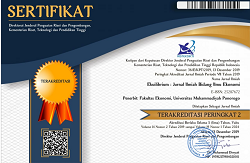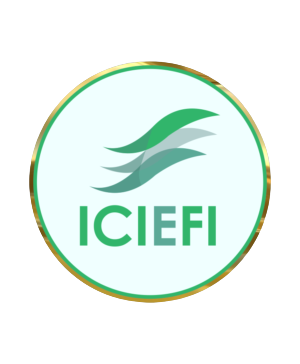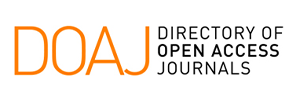The Growth Pattern and Potential Development of Manufacturing Industry in East Java
DOI: 10.24269/ekuilibrium.v16i2.2021.pp129-138
Abstract
The manufacturing industry in East Java has an important role in supporting the economy so that its development must be evenly distributed throughout all districts and cities. This research aims to: 1) measuring the performance of the manufacturing industry, 2) mapping the growth patterns of the manufacturing industry, 3) describing which district/cities in East Java have the potential to be developed and 4) knowing which variables determine the performance of the manufacturing industry. The research objects are 9 cities and 29 districts. The data used is secondary data sourced from the Central Statistics Agency. The data is processed by sharing output contribution analysis, labor absorption contribution, Klassen typology analysis and panel data regression analysis. The results showed that the performance of the industrial sector was very low and uneven between regions, the rate of employment in the industrial sector was also low in all regions. The growth pattern of the industrial sector in 22 districts/cities in the Relatively Underdeveloped classification and 15 districts/cities in the Potential classification and 1 district in the Forward Depressed classification. Inflation variables and the number of business units have a significant effect on industry performance. For this reason, it is recommended that local governments be able to control the inflation rate and be able to provide stimulus or policies to the industrial sector in order to increase productivity and performance.
Keywords
Industry performance Growth patterns Employment Inflation
References
- Bappenas. (2007). Evaluasi Kebijakan Perencanaan Program Pembangunan dan Pengembangan Wilayah Tertinggal Khusus Terisolir dan Terpencil.
- BPS, B. P. S. J. (2020a). Industri besar dan sedang. https://www.bps.go.id/subject/9/industri-besar-dan-sedang.html
- BPS, B. P. S. J. (2020b). Produk Domestik Regional Bruto. https://jatim.bps.go.id/subject/52/produk-domestik-regional-bruto.html
- Daniel, P. A. (2018). ANalisis Pengaruh Inflasi Terhadap Laju Pertumbuhan Ekonomi Di Kota Jambi Prima Audia Daniel STIE Muhammaadiyah Jambi. EKONOMIS: Jurnal of Economics and Business, 2(1), 131–136.
- Hilman, A. M., & Ester, A. M. (2019). Peranan Sektor Industri Pengolahan Dalam Perekonomian Indonesia: Model Input-Output. Media Ekonomi, 26(1), 63. https://doi.org/10.25105/me.v26i1.5210
- Landiyanto, E. A. (2005). Spesialisasi dan Konsentrasi Spasial Pada Sektor Industri Manufaktur di Jawa Timur. Paralel Session VIB : Industry and Trade, November, 1–70.
- Mohtar, R. (2015). Determinan Pertumbuhan Sektor Industri Unggulan di Propinsi Jawa Timur. JEJAK (Journal of Economics and Policy), 8(2), 208–233.
- Satria, D. (2012). Dampak Inflasi Terhadap Pertumbuhan Ekonomi Di Indonesia Doni Satria Fakultas Ekonomi Universitas Negeri Padang. ECOsains: Jurnal Ilmiah Ekonomi Dan Pembangunan, 1(2), 212–220.
- Sujianto, A., Azmi, E., & Ulil, M. F. (2020). Associative Studi on Government Spending, Inflation, Trade Balance and Gross Domestic Product. Ekuilibrium: Jurnal Ilmiah Bidang Ilmu Ekonomi, 15(1), 27–37.
- Todaro, M. P. (2003). Economic Development. Harlow: Addison-Wesley.
- Utama, Y. P. (2011). Analisis Produktivitas Industri Pengolahan Di Jawa Tengah (Pendekatan Total Factor Productivity). 1–26.
Refbacks
- There are currently no refbacks.

This work is licensed under a Creative Commons Attribution-ShareAlike 4.0 International License.













